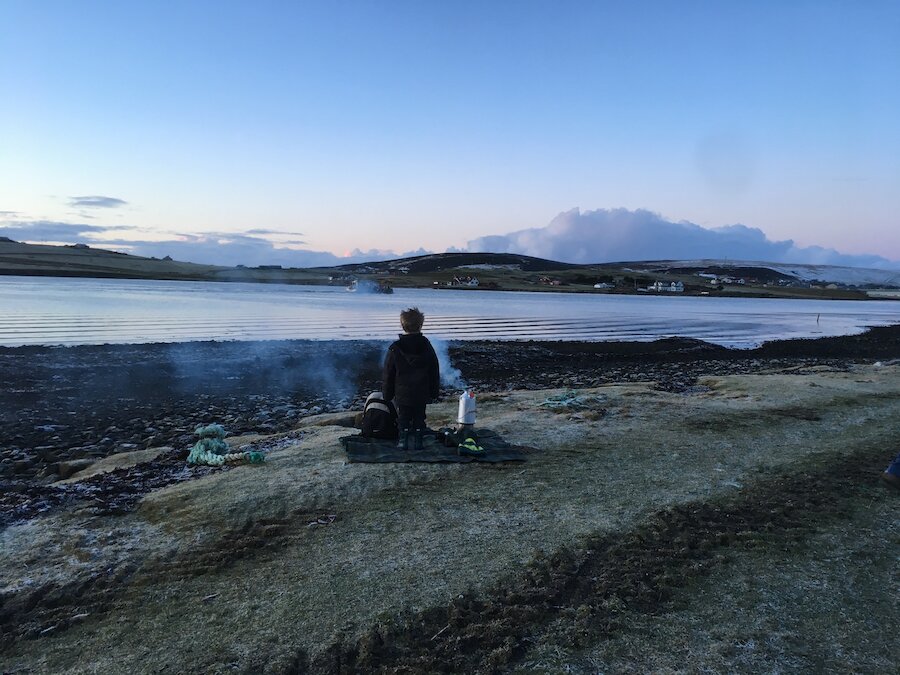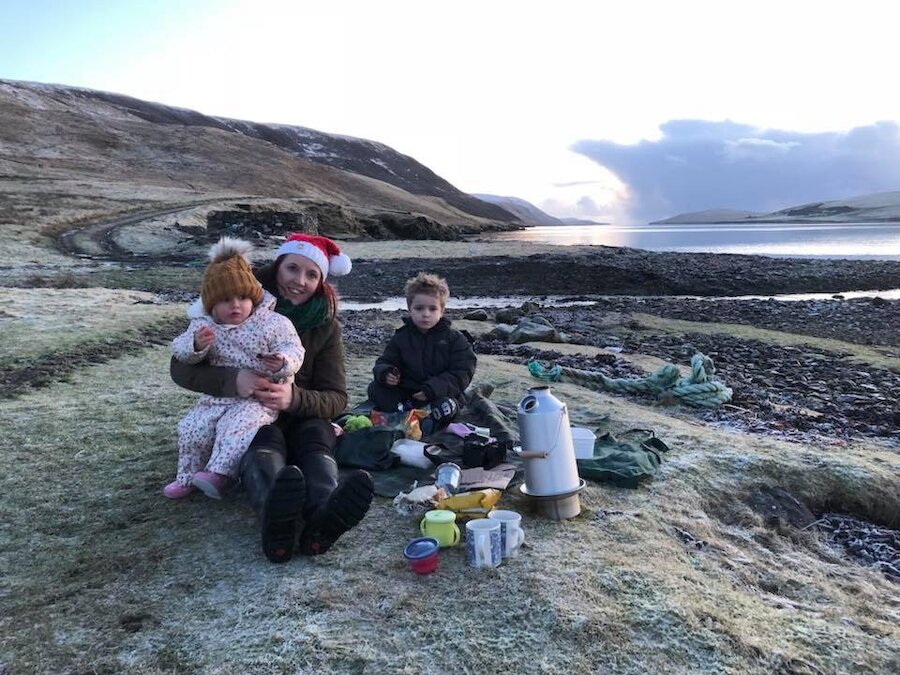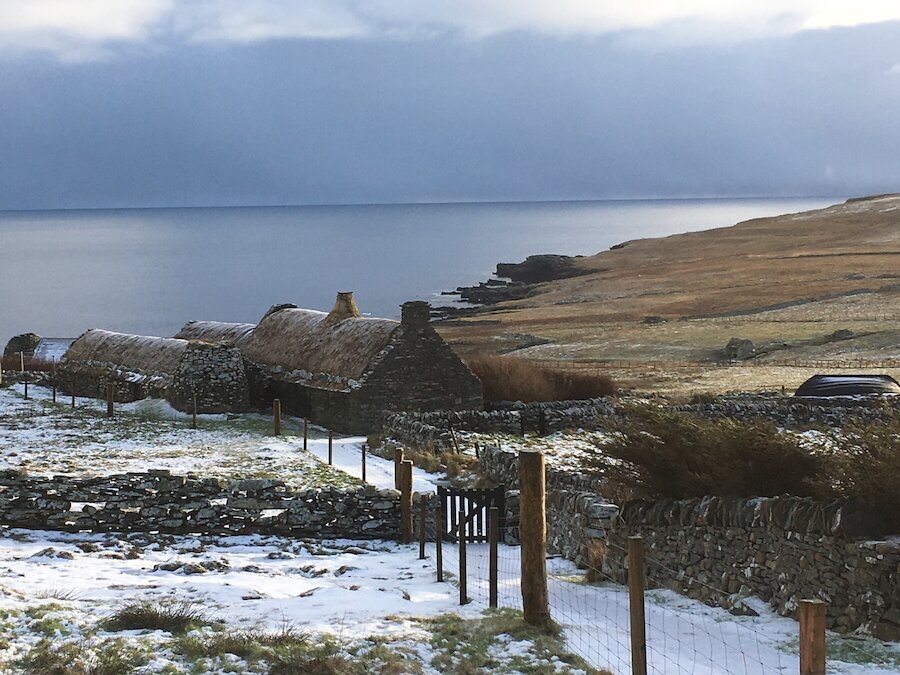Meat has always been a big part of Yule (and Christmas) celebrations, where today we tend to celebrate with the masses and enjoy turkey, in the past the best hog (castrated male sheep) was slaughtered for the occasion.
Superstition played a prominent role in the celebrations of Yule and, on Tul-yas-e’en (one week before Yule), trows were thought to be at their most active. Trows are hill-people who live in underground houses and can only venture out among people in the dark, and in the depths of winter, their power is greatest. A mischievous bunch, they loved fiddle music, deplored disorder in the home and they were often blamed for unexplained infant death. To keep trows at bay, people would leave two pieces of straw, in the shape of a cross, by the door and walk through the house brandishing a burning peat.
On Yule morning the head of the house would light a candle in the eye socket of a cow’s skull (that had been prepared and eaten on Byana’s Sunday) and walk to the byre carrying it as he went to feed the animals. After this, he would offer everyone in the house a dram and offer up the following verse:
Yule Gude and Yule Gear
Follow de trow da year.
Rituals like these were part and parcel of Yuletide celebrations across Shetland.
After the Yule dinner, families, friends and neighbours would gather outside and play ba’ – a form of football but seemingly without rules – using a ball made from a pig’s bladder. Playing ba’ was a feature of Yule celebrations until the early 20th century in Shetland.
With the spread of Christianity, changes to Yule celebrations meant that many of the traditions and rituals were lost – although good company, good friends and good food have remained at the heart of what Christmas means to people in Shetland. Today we now have carol services, crackers, Santa’s grotto and nativity plays just like anywhere else
But that’s not the end of the story of Christmas in Shetland. In the 16th century, Pope Gregory introduced the Gregorian Calendar to bring the calendar year back in line with solar equinoxes; as a result, the dates all shifted, bringing Christmas (or Yule) forward ten days. Shetland was slow to adopt these changes, and Christmas and New Year were still held on the old dates (5th January and 12th January). Even today the island of Foula, Shetland’s most westerly outpost, still celebrates Christmas and New Year according to the old calendar. So, as you tuck into your Christmas dinner, remember that for some in Shetland, Christmas has yet to come!
Information from Traditional Life in Shetland and Shetland Folklore by JR Nicolson, and Shetland Traditional Lore by Jessie Saxby



